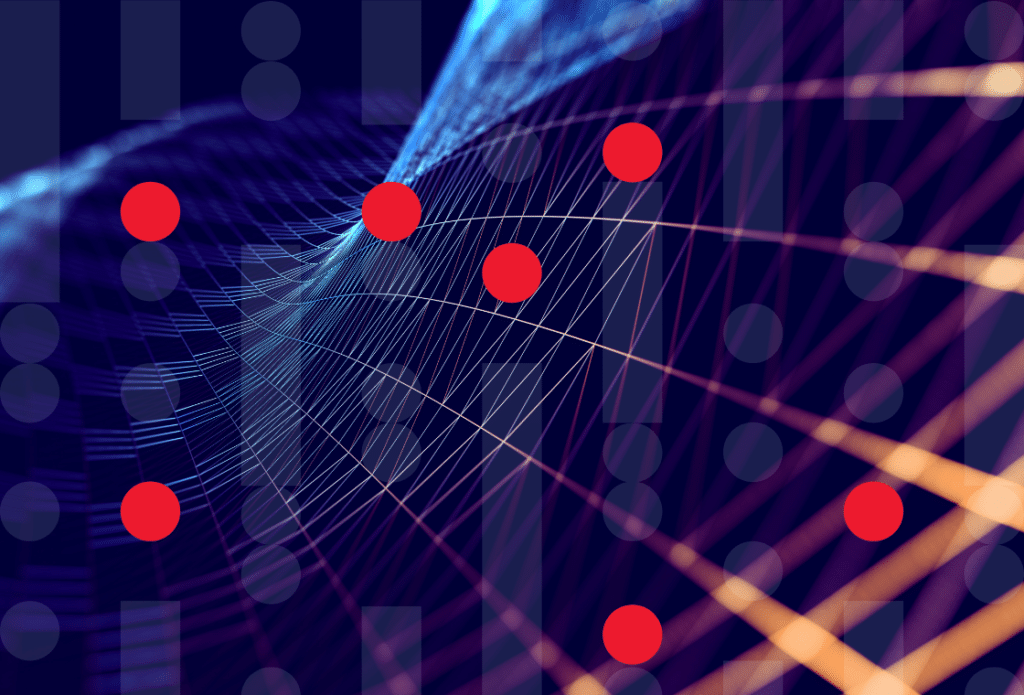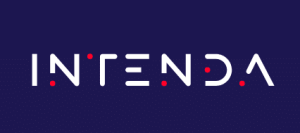COPYRIGHT © INTENDA 2025 | EMAIL info@intenda.tech

EXTEND FRAXSES WITH THE SMARTWRAPPER
Calling all Fraxses users! Remember, you can get even more out of your chosen data platform by using the unique Smartwrapper to embed your own functionality as a microservice.
Fraxses leverages event-driven architecture to offer unparalleled flexibility and scalability. Every event that occurs within the platform is linked to one or more microservices, and represents a single unit of processing that can be scaled individually. The Smartwrapper makes use of this architecture to allow you to create custom components. A key advantage is that you can do so in the language of your choice, be that Scala, Rust, C#, Haskell, Python, Julia, R or a different coding language.
The Smartwrapper provides you with templates to register your event in Fraxses’ Metadatabase; insert your custom code; create cloud native containers; and interact with the user interface. Each Smartwrapper incorporates 6 architectural components, namely the Application Code, a Microservice, Docker, Kubernetes, Kafka and Configuration files.
The Smartwrapper empowers you to enhance and extend Fraxses to get the very most out of the platform. It can be used in a multitude of different ways to meet your specific needs. The Data Quality Checker microservice that ships with Fraxses is just one example of what you can do with the Smartwrapper. Watch our DQ CHECKER CUSTOM MICROSERVICE video to see this powerful component in action.
Don’t hesitate to contact us if you’d like to know more about how the Smartwrapper works.
If you have an interest in data and analytics, you’ll be familiar with the terms data fabric and data mesh. You’ll probably also be aware that the two concepts advance the distributed architecture that has gained acceptance as representing the future of data management. But what makes them different from one another? Are they just different terms for effectively the same thing? Given that Fraxses is closely associated with both concepts, we at Intenda have been following the debate around this with some interest. This month Gartner weighs in on the matter in Quick Answer: Are Data Fabric and Data Mesh the Same or Different?
Gartner acknowledges the similarities between the two concepts, but makes a key distinction between them: “A data fabric is a technology-enabled implementation capable of many outputs, only one of which is data products. A data mesh is a solution architecture for the specific goal of building business-focused data products.”
The paper lists several other points of difference. These include the fact that “a data fabric is the utilisation of multiple existing technologies in combination to enable a metadata-driven implementation and augmented orchestration design. A data mesh is a solution architecture that can guide design within a technology-agnostic framework.”
In the view of Gartner, the two concepts are not mutually exclusive: “The design principles of each can be used in complementary fashion. A data fabric can be built without following data mesh practices. A data mesh must utilise the discovery and analysis principles that are intrinsic to a data fabric to support the validation of data objects and products to present them as part of the design process.”
Read the complete report to discover more about the similarities and differences between the two concepts.
Gartner, Quick Answer: Are Data Fabric and Data Mesh the Same or Different?, 1 November 2021, By Mark Beyer, Ehtisham Zaidi Et Al
GARTNER is a registered trademark and service mark of Gartner, Inc. and/or its affiliates in the U.S. and internationally and is used herein with permission. All rights reserved.
Like to learn more? Reply to this email if you’d like more information about Fraxses or Intenda. We’d be happy to answer your questions.
_____________
Thank You!

Our monthly email newsletter content is relevant and engaging. We know your time is valuable and will not spam you.
Thank you for contacting us.
We will be in touch shortly.
